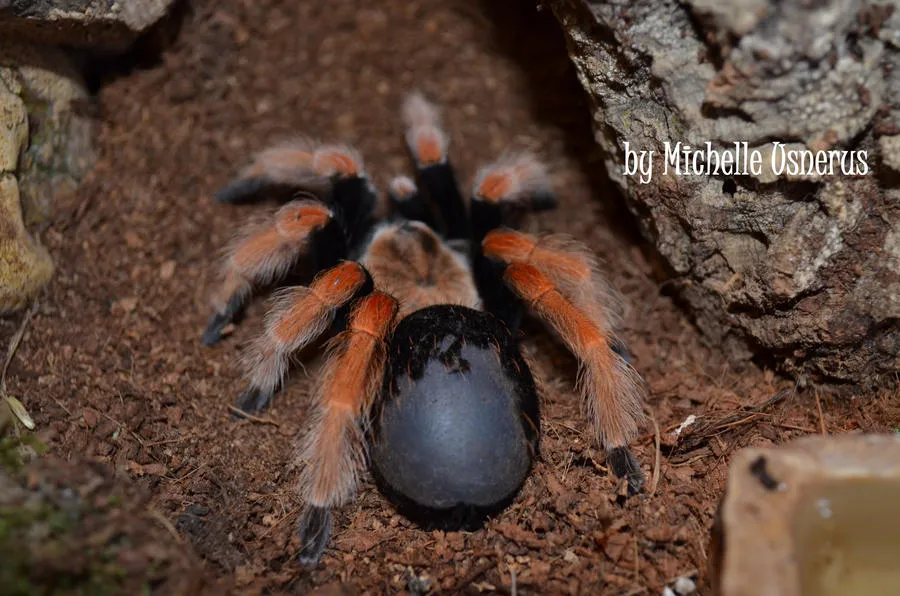Boehmei Tarantula: Top 5 Facts You Need to Know
The Brachypelma boehmei, commonly known as the Mexican Fireleg tarantula, is a captivating species that has become a favorite among tarantula enthusiasts. Known for its striking coloration and relatively docile temperament, this tarantula offers a fascinating glimpse into the world of arachnids. This article will delve into five essential facts about the Boehmei tarantula, providing valuable insights for potential owners and curious individuals alike. From its vibrant appearance to its specific care requirements, we’ll explore what makes this species so unique and why it has earned its place as a popular pet. Whether you are a seasoned arachnid keeper or a complete beginner, this guide will equip you with the knowledge to appreciate and care for this remarkable tarantula.
Appearance and Characteristics
The Boehmei tarantula is renowned for its striking visual appeal. Its appearance is a major draw for keepers, making it one of the most sought-after tarantula species. Understanding its distinctive features is key to identifying and appreciating this remarkable arachnid.
Distinctive Red Coloration
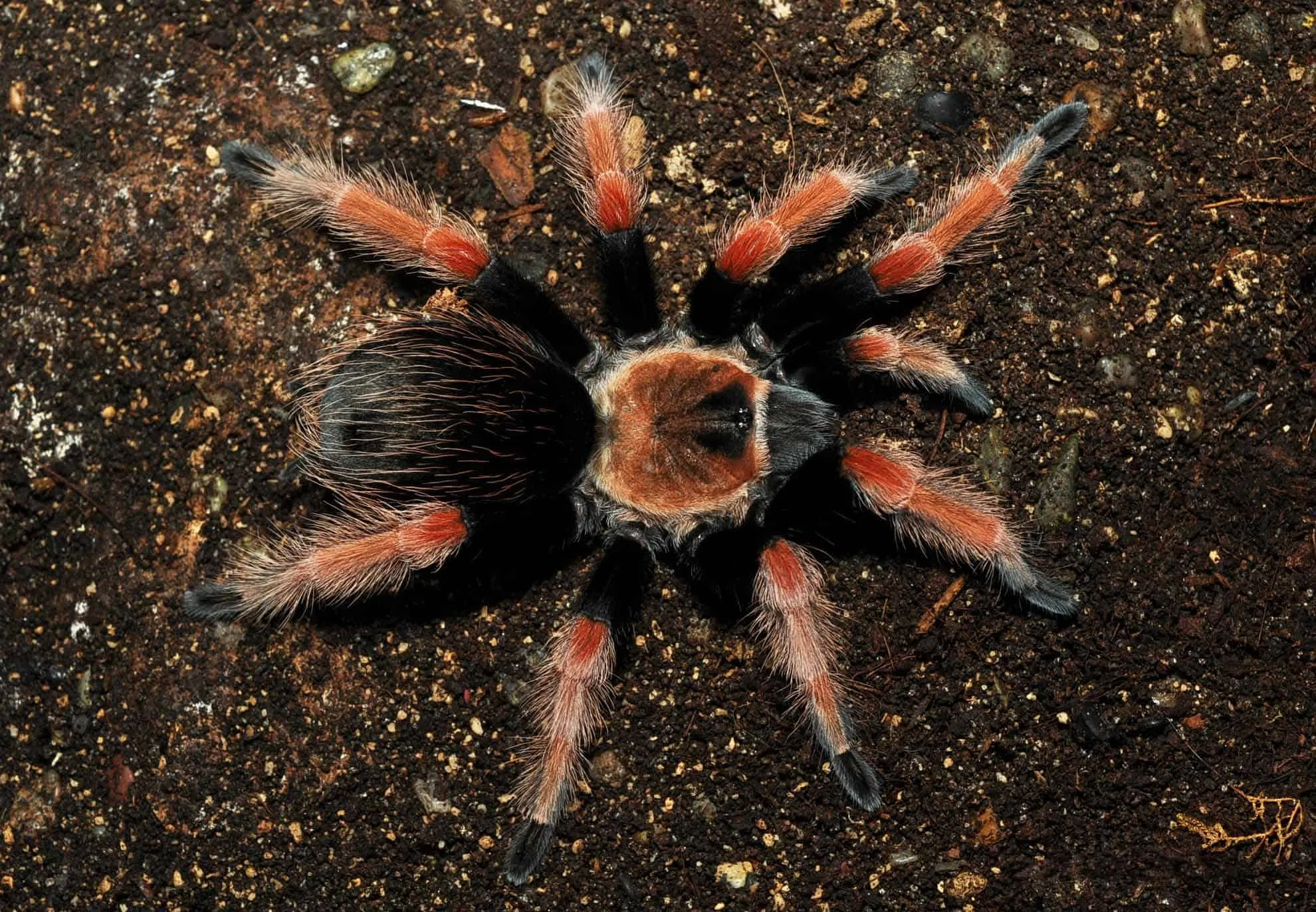
One of the most captivating aspects of the Boehmei tarantula is its vibrant coloration. The legs of this tarantula are a brilliant red-orange hue, which sharply contrasts with its black carapace and abdomen. This bold coloration serves as a warning signal to potential predators in its natural habitat, signaling that it is not a creature to be trifled with. The intensity of the red coloration can vary slightly depending on the individual tarantula and its overall health. The striking contrast of colors makes the Boehmei tarantula a visually stunning species and one of the primary reasons it is so highly sought after by hobbyists. This unique characteristic is a key element in the appeal of this beautiful species.
Size and Lifespan
The Boehmei tarantula, like other tarantula species, has a considerable lifespan, making it a long-term commitment for any owner. Females typically live for 15 to 20 years, while males have a shorter lifespan, often around 5 to 7 years. In terms of size, adult females can reach a leg span of up to 6 inches, making them a medium-sized tarantula. Males tend to be slightly smaller. Understanding their growth and lifespan is essential for providing appropriate care and managing expectations as a pet owner. This species’ longevity makes them a rewarding, albeit long-term, companion.
Origin and Habitat
The Boehmei tarantula is native to the Pacific coast of Mexico, specifically inhabiting the tropical deciduous forests. In their natural environment, they create burrows or utilize existing shelters, providing protection from the elements and predators. They are typically terrestrial, meaning they spend most of their time on the ground. Mimicking their natural environment is crucial for their well-being in captivity, which involves providing suitable substrate, hiding places, and temperature and humidity levels that reflect their native habitat. Learning about their natural environment allows for a better understanding of the needs of this tarantula species.
Behavior and Temperament
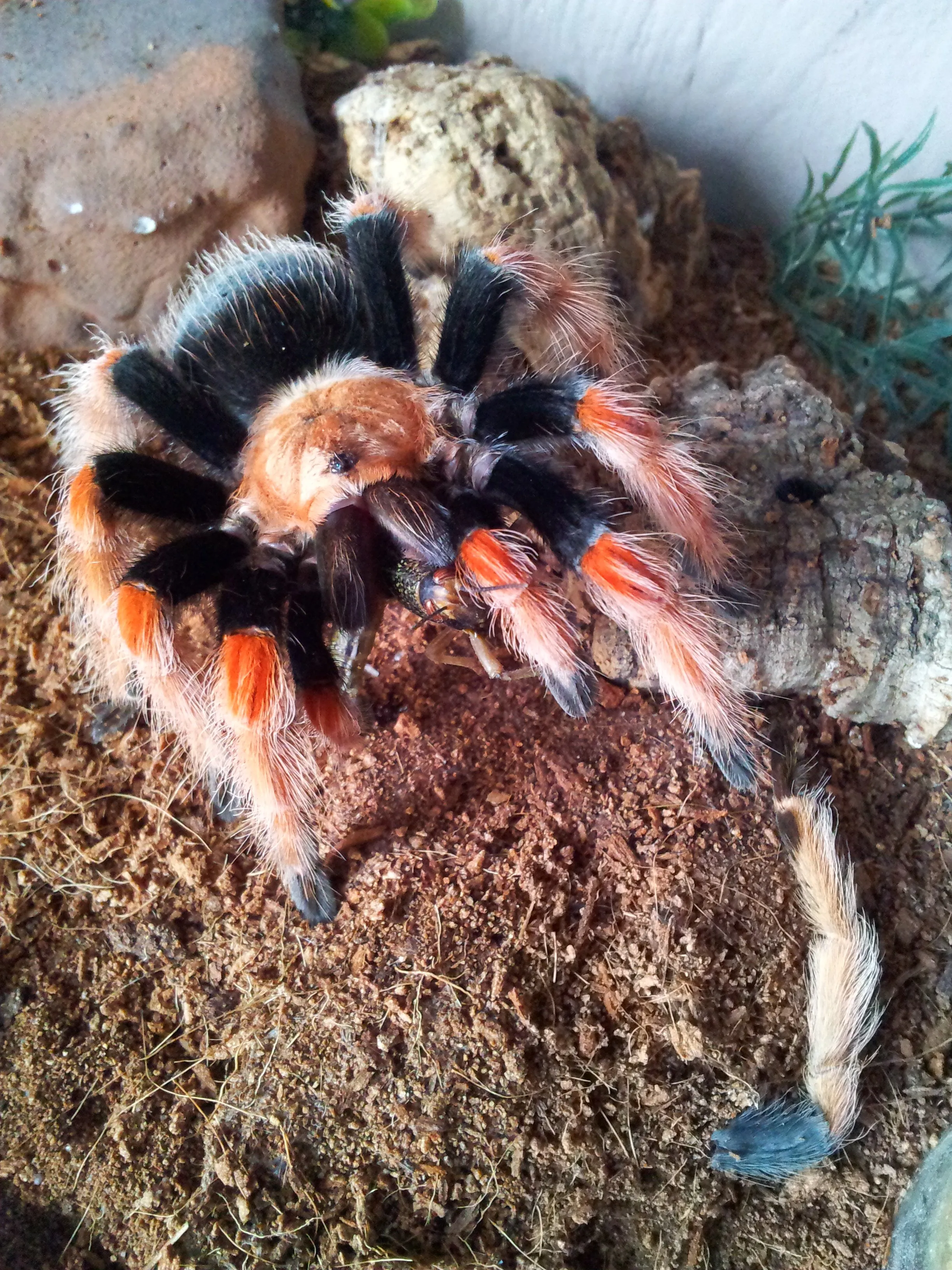
Beyond its striking appearance, the Boehmei tarantula is also known for its temperament. Understanding their behavior and how they interact with their environment is crucial for responsible pet ownership.
Docile Nature
Compared to some other tarantula species, the Boehmei tarantula is generally considered to be relatively docile. They are not known to be particularly aggressive. This makes them a good choice for those new to keeping tarantulas. However, all tarantulas can bite if they feel threatened, so caution is still essential when handling or interacting with them. Their calm demeanor is a significant advantage, but remember that each spider has its own personality and care should always be exercised.
Defensive Behaviors
While they are generally docile, Boehmei tarantulas do have defensive behaviors when they feel threatened. They may flick urticating hairs from their abdomen, a defense mechanism that can cause skin irritation. They may also adopt a threat pose by raising their front legs and displaying their fangs. It’s essential to avoid provoking your tarantula and to handle it with care to prevent these defensive responses. Providing a secure and comfortable enclosure will minimize stress and the likelihood of defensive behaviors.
Care and Husbandry
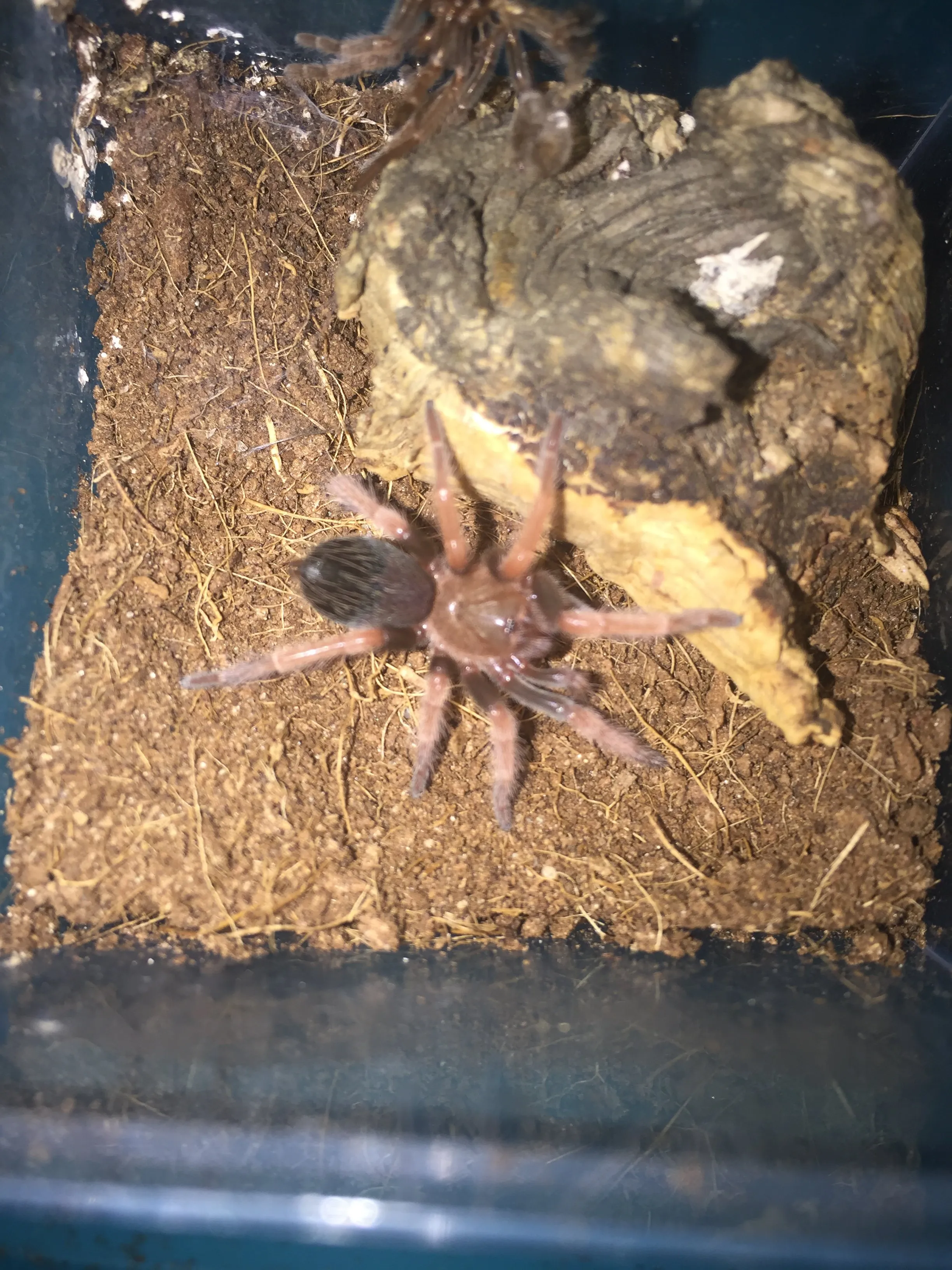
Proper care is vital for the health and well-being of your Boehmei tarantula. Providing the correct environment, including appropriate enclosure setup, feeding, and regular maintenance, is crucial for a long and happy life for your pet.
Enclosure Requirements
The enclosure should be appropriately sized for the tarantula, with enough floor space for movement and exploration. A good rule of thumb is an enclosure that is at least three times the tarantula’s leg span in width. A secure lid is essential to prevent escapes. Substrate should be at least 4-6 inches deep to allow the tarantula to burrow if it chooses, and a mix of coconut fiber, peat moss, or a similar substrate is ideal. The enclosure should also include a hide, such as a cork bark or a pre-made hide, for the tarantula to retreat to. Maintaining appropriate humidity levels (60-70%) is also essential, which can be monitored with a hygrometer. Proper ventilation is also required to prevent mold or excessive moisture build-up, which can be achieved through ventilation holes or mesh tops.
Feeding and Diet
Boehmei tarantulas are carnivores, and their diet consists mainly of insects. Crickets, roaches, and mealworms are common food items. The frequency of feeding depends on the tarantula’s size and age. Spiderlings typically need to be fed 2-3 times a week, while adults can be fed once a week or even less frequently. Always offer appropriately sized prey items; the prey should be no larger than the tarantula’s body. Remove any uneaten prey within 24 hours to prevent them from stressing the tarantula. Provide a shallow water dish with fresh water available at all times.
Molting and Growth
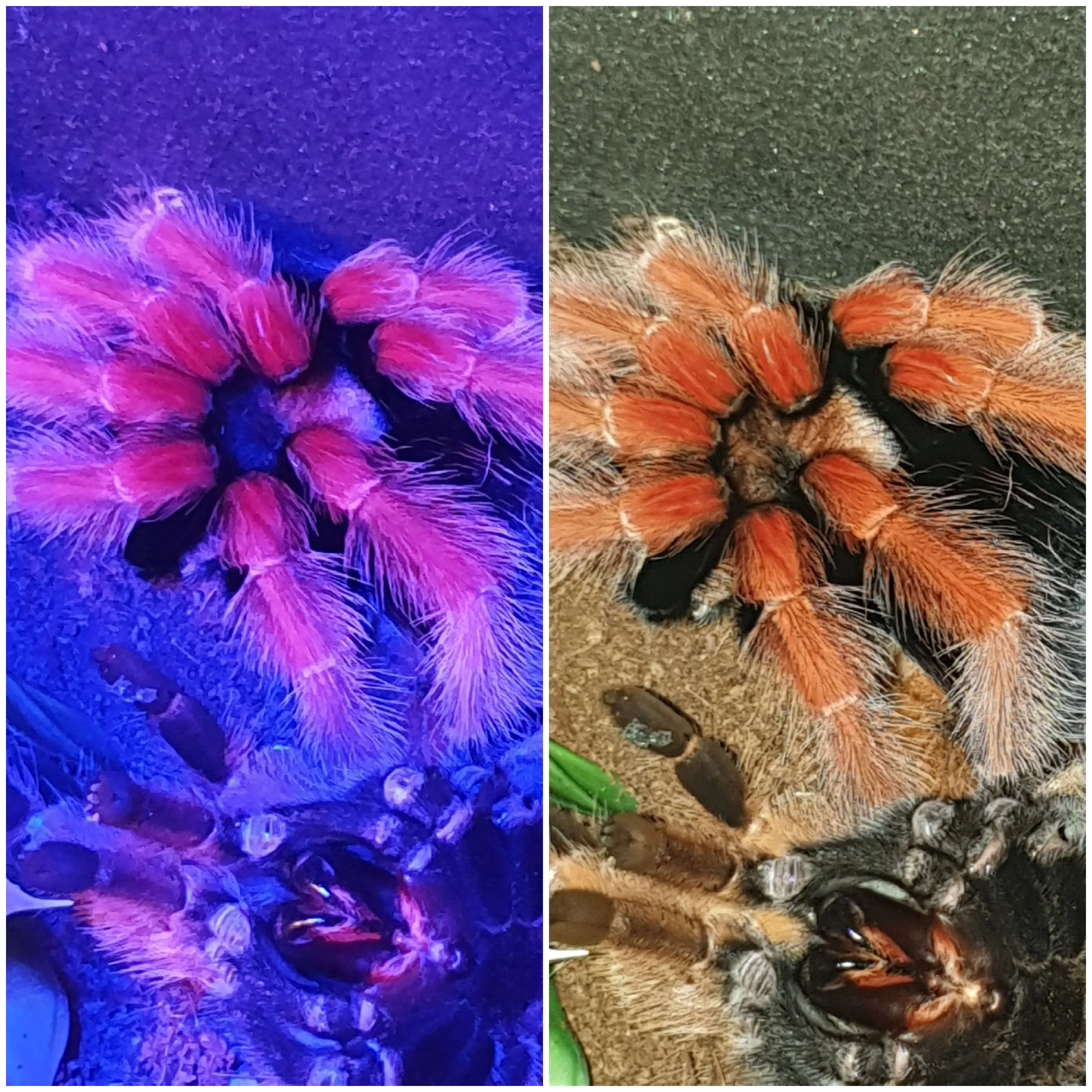
Tarantulas grow by molting their exoskeleton. During molting, the tarantula sheds its old skin and emerges with a new, larger one. This process is a significant event in the tarantula’s life cycle. The frequency of molting depends on the tarantula’s age and growth rate. Spiderlings molt more frequently than adults. Before molting, the tarantula will typically stop eating and may appear sluggish. The process of molting can take several hours. Do not disturb the tarantula during this time. After molting, the tarantula will be vulnerable, and it’s best to avoid handling it until its new exoskeleton has hardened. Provide a humid environment to facilitate successful molting.
Common Health Issues
Like all living creatures, Boehmei tarantulas can be susceptible to various health issues. Being aware of these potential problems can help you proactively care for your pet.
Parasites and Diseases
Tarantulas can be affected by internal and external parasites. Mites are a common external parasite. These tiny creatures can infest the tarantula and cause irritation. You can usually see them crawling on the spider. Fungal infections can also occur if the enclosure is too humid. Internal parasites are less common but can also pose a threat. Proper hygiene and quarantine of new tarantulas are essential to prevent these issues.
Prevention and Treatment
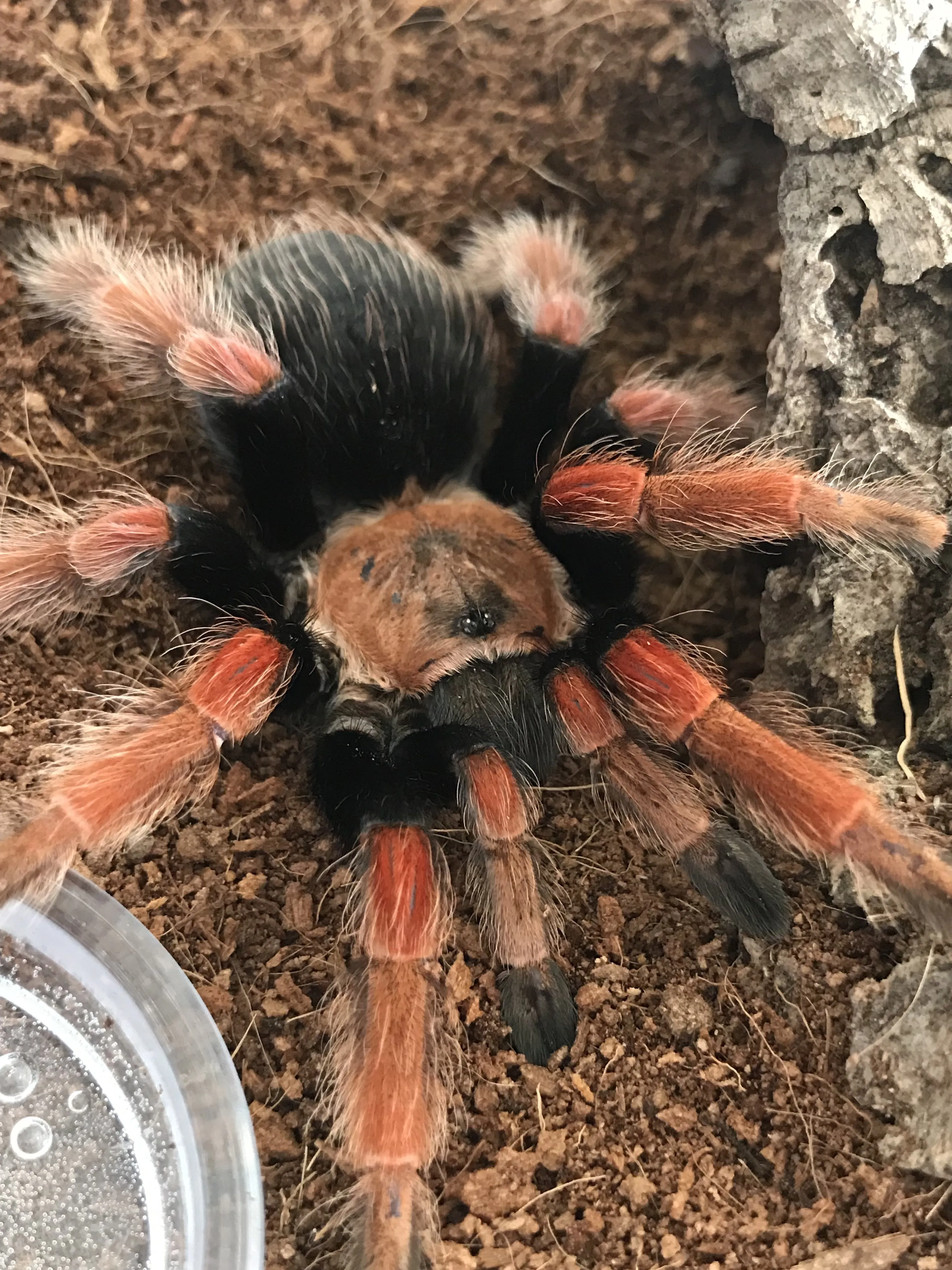
Preventing health problems in Boehmei tarantulas involves several key steps. Maintaining a clean and appropriately humid enclosure is essential to prevent fungal infections. Quarantine new tarantulas to prevent the introduction of parasites or diseases. Regularly inspect your tarantula for any signs of illness, such as loss of appetite, lethargy, or unusual behavior. If you suspect a problem, consult with a veterinarian experienced in exotic animals. There are specific treatments available for mites and fungal infections. Early detection and intervention are critical for successful treatment.
In conclusion, the Boehmei tarantula is a striking and fascinating species that can make a rewarding pet for those willing to provide the proper care. From its stunning coloration and docile temperament to its specific needs regarding enclosure, diet, and health, understanding this tarantula’s requirements is essential for ensuring its well-being. By following the guidelines outlined in this article, you can provide a healthy, enriching environment for your Boehmei tarantula, allowing you to enjoy this amazing creature for many years to come.
